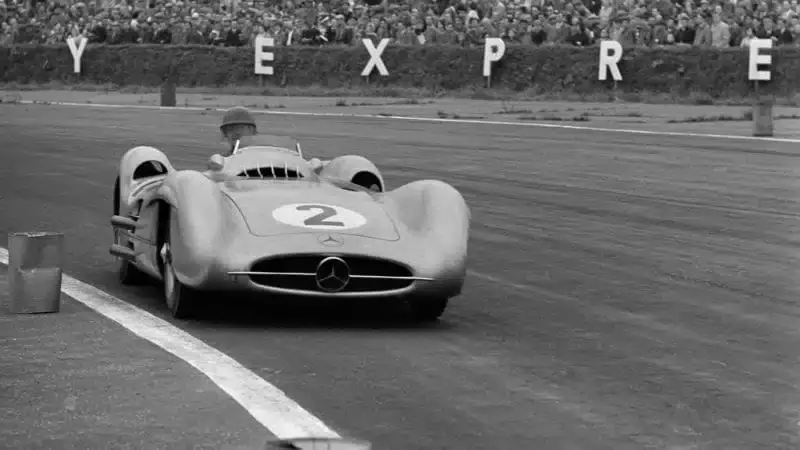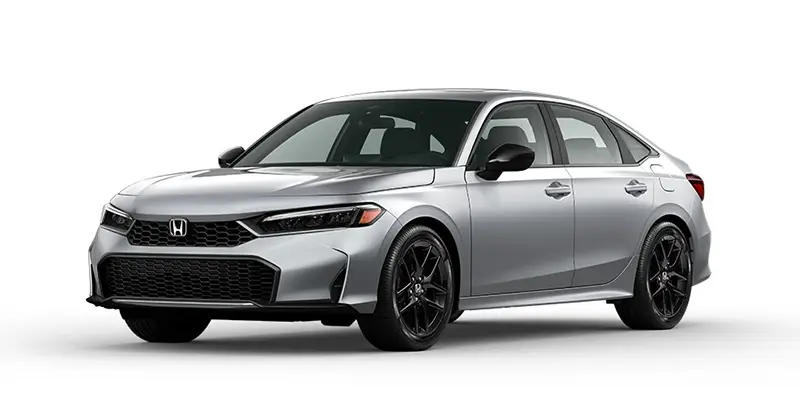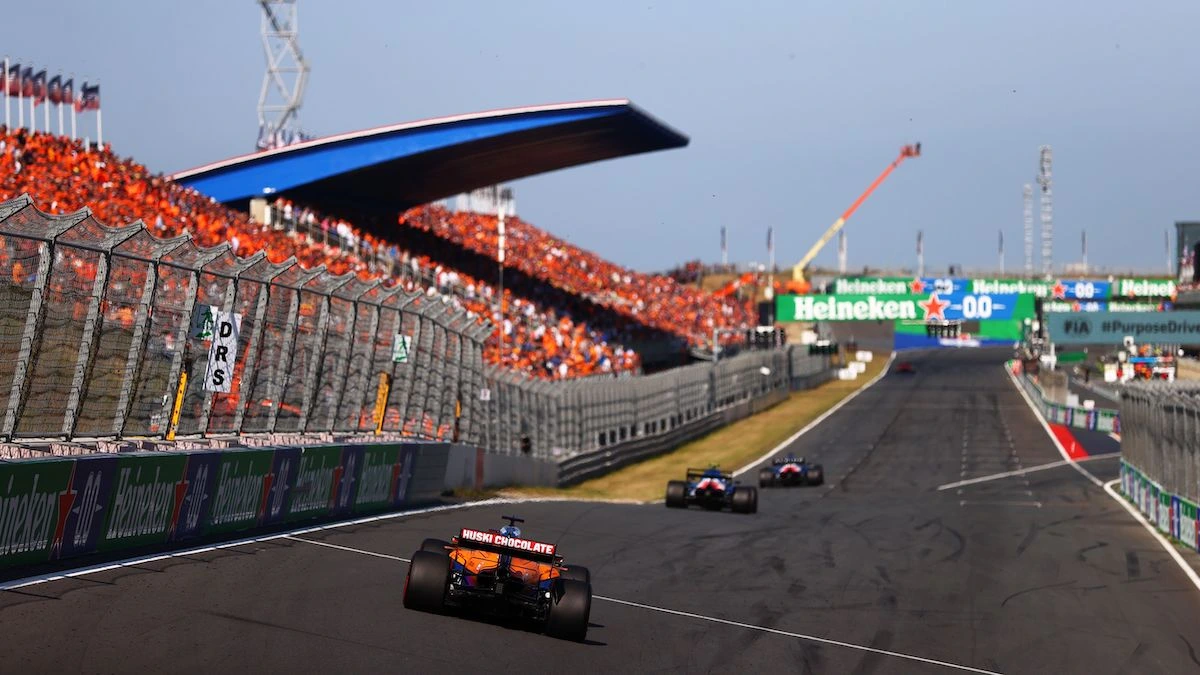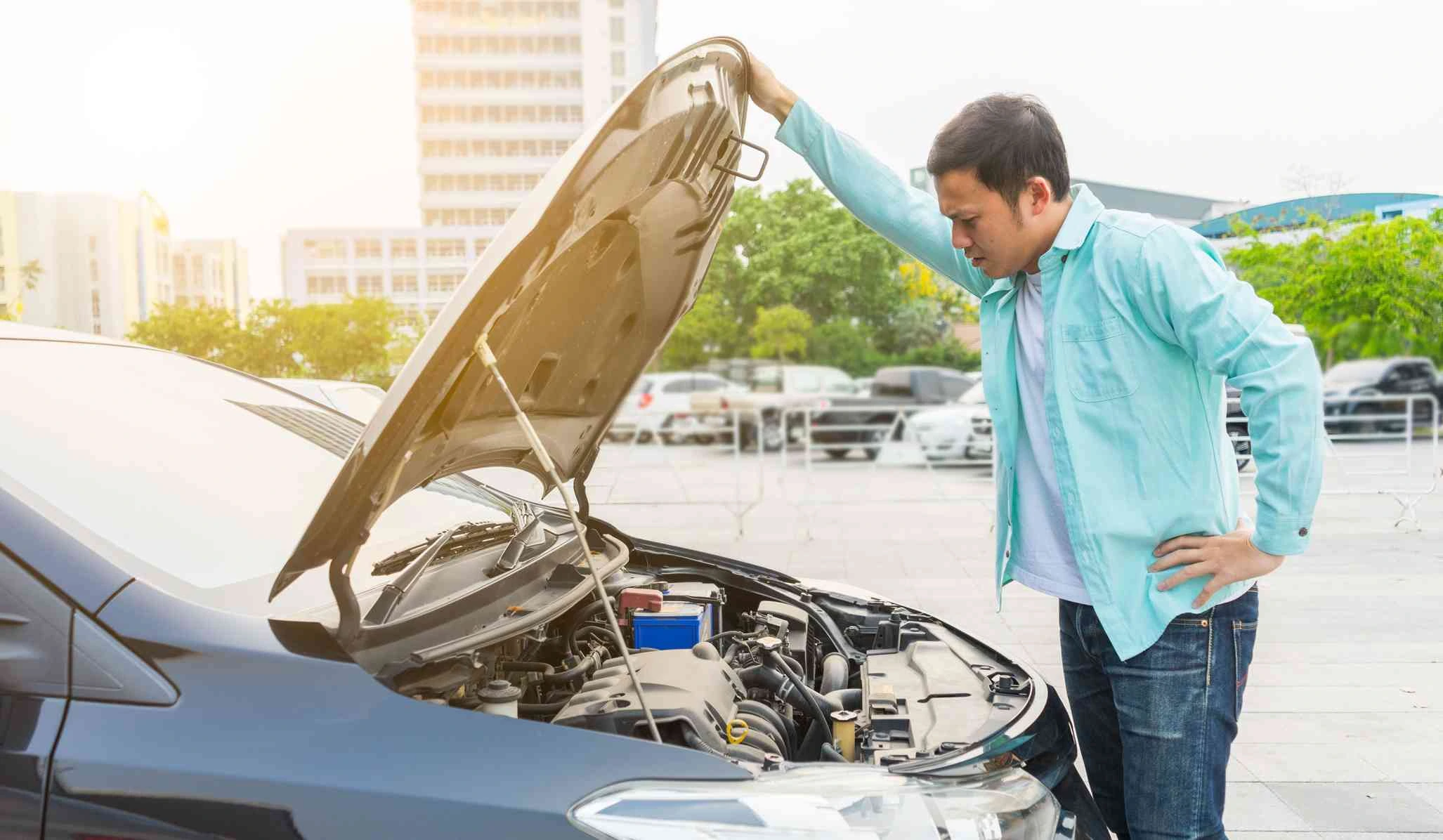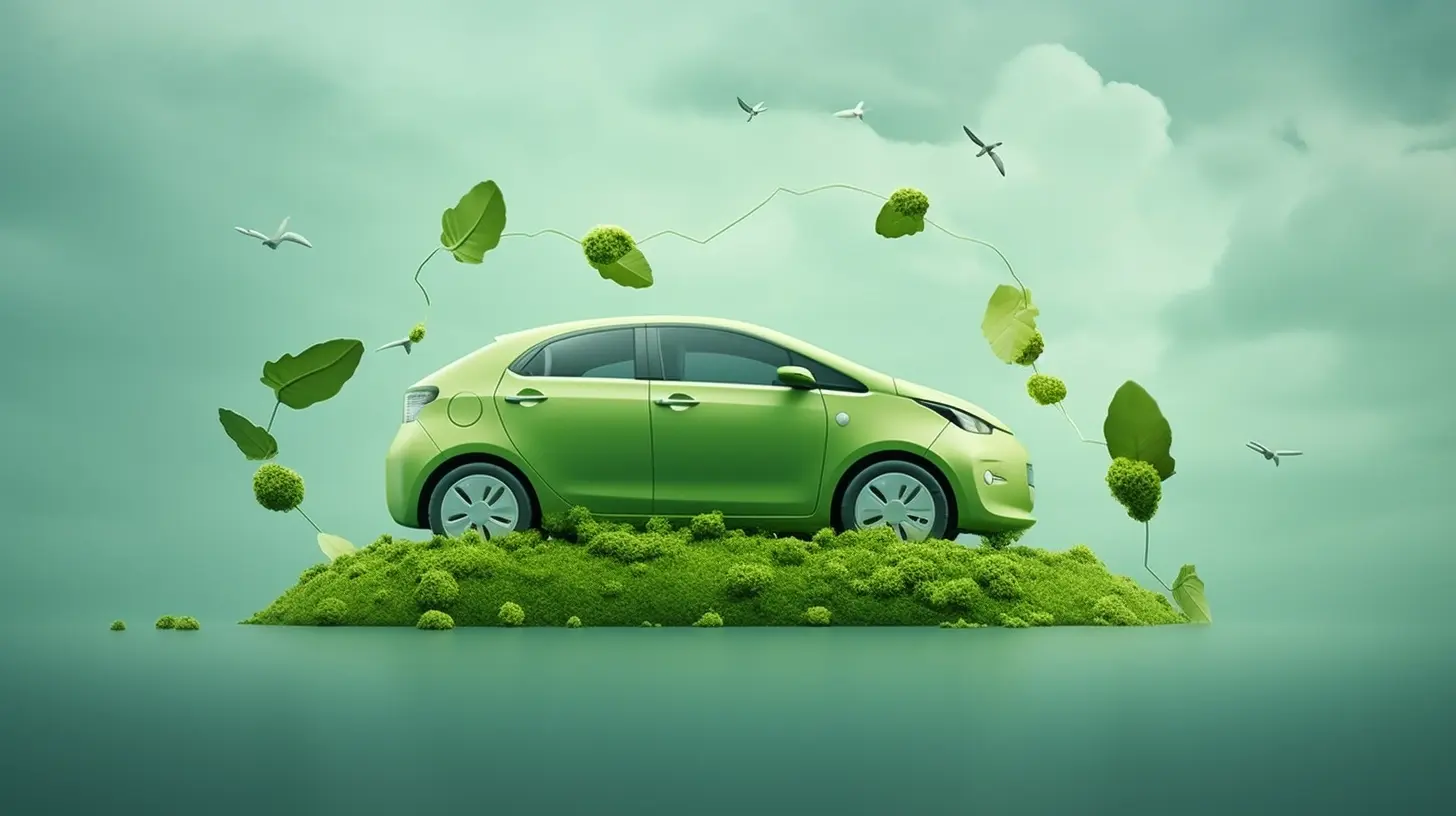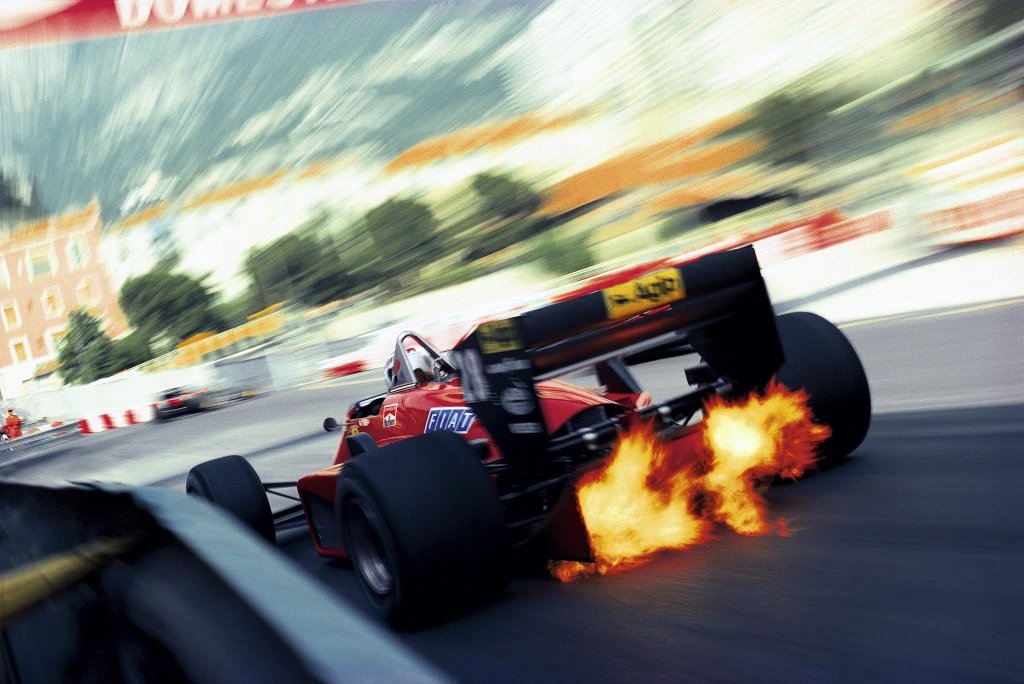One of the most crucial aspects of a Grand Prix weekend is Formula 1 qualifying. The grid positions for Sunday's race are decided by the drivers' qualifying positions. The drivers' quickest lap times over the three phases of qualifying decide their starting places for the race.
What is the process for F1 qualifying
Since its introduction in 2006, the Formula 1 qualifying formula has experienced many modifications. Three qualifying sessions—Q1, Q2, and Q3—that are held on the Saturday of a racing weekend make up the format. Drivers compete to set the quickest lap time throughout each session, which has a time limit.
Q1 F1 Qualifying
Q1, the first qualifying session, is open to all drivers and lasts for eighteen minutes. To guarantee their spot in Q2, the drivers want to produce a quick lap time. The quickest lap time of the session determines the starting places for the race, while the five slowest drivers are eliminated at the end of Q1.
Is F1 Qualifying for Q2
The remaining 15 drivers are permitted to compete in the second qualifying session, or Q2, which lasts for 15 minutes. To guarantee their spot in Q3, the drivers want to produce a quick lap time. Once more, the race's starting places are decided by the quickest lap time of the session, and the five slowest drivers are eliminated at the end of Q2.
Read also: Safe Driving Habits To Reduce Accidents
Q3 F1 Qualifying
The last ten drivers are permitted to compete in the final qualifying session, Q3, which lasts for 12 minutes. To establish their starting place for the race, the drivers' goal is to produce a fast lap time. The driver on pole position during the third qualifying round is followed by the other drivers in descending order of lap time. This is done to determine who sets the quickest lap time.
Rules for F1 qualifying
Drivers who violate the rules in one of two ways—by breaking technical requirements or by engaging in behavior violations—frequently get grid penalties after qualifying.
For instance, the driver who qualified on pole would start from P6 if they were given a five-place grid penalty. The grid's other impacted locations are adjusted appropriately. When the penalties are given out, the F1 qualifying results are final.
Read also: Most Exciting Formula 1 Races In History
Tyres for Formula One qualifying?
In the past, the top ten drivers had to start on the tires from the quickest lap they completed in qualifying two. The remaining drivers who did not start in the top 10 were allowed to select their tires. This might occasionally indicate that starting in positions 11 or 12 rather than 10 was more advantageous. However, this regulation was removed in 2022, giving teams complete control over their tire selection.
Try the new qualifying format on the 2023 tires.
A new tyre format was also explored in the 2023 Formula One season, when teams were required to select their tyres for the three qualifying stages (except from in rainy conditions). Teams are required to utilize hard tires in Q1, medium tires in Q2, and soft tires in Q3. This structure can help save a lot of tires. The test was conducted during:
Read also: Best 5 Formula 1 Drivers Of All Time
The fastest F1 qualifying lap ever recorded during the Italian Grand Prix
Lewis Hamilton accomplished the incredibly quick Monza circuit in 2020 in 1:18.887, which translates to an average speed of 264,362 kilometers per hour. With his 94th pole at the time, the Briton further tightened his own pole record and created a new one by driving the quickest official Formula One lap ever. Juan Pablo Montoya held the record for the fastest qualifying lap ever for more than 15 years prior to Monza 2020.
F1 Sprint qualifying
- There will be more Sprint weekends in 2022 following the successful trials in 2021 and 2022.To learn more about the track that hosts an F1-Sprint weekend, click this link.
- These Grands Prix will follow an unusual schedule, with the 'Sprint' race on Saturday afternoon and the customary qualifying session on Friday evening.
- The grid for the Sprint is decided by qualifying, and the outcome of the Sprint—a 100-kilometer race that takes around 25 to 30 minutes—confirms the grid for the Grand Prix on Sunday.
- In 2022, the system will be changed such that the driver who sets the quickest qualifying time will be recognized as the pole-sitter instead of the Sprint winner.
- In addition, the top eight Sprint finishers will now get points, ranging from eight to one, as opposed to just the top three the previous season.
.png)



